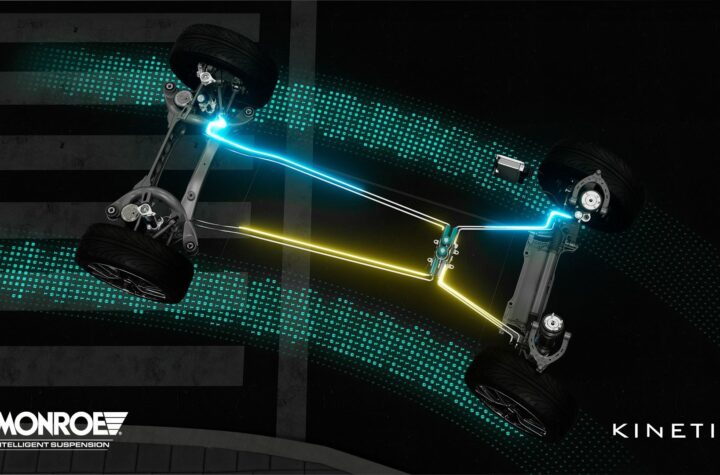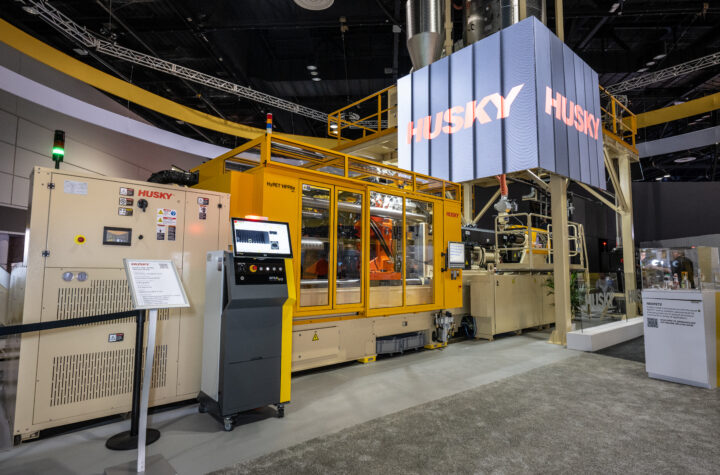Sometimes, it’s just as important to recognize a good idea and help bring it to fruition as it is to originate the concept. Such was the case a few years ago when Ford Motor Company learned of two experimental technologies at American universities – Selective Laser Sintering (SLS) and 3D Printing Sand – capable of producing prototype parts without expensive tooling.
With Fords help, those processes are at the forefront of rapid prototyping technologies, helping the company dramatically slash costs, improve time to market and better handle frequent product changes.
“Those two technologies combined have saved millions of dollars since their launch just six to eight months ago,” said Todd Kloeb, manager of Fords Beech Daly Technical Center. “That does not include other benefits, such as much faster product development time and greater knowledge of the production processes necessary to mass produce the part.”
Fords role in bringing SLS and 3D Sand Printing to the auto industry was to combine the materials experimentation in the U.S. with automation technology needed to utilize the materials being developed in Europe. Fords Office of General Council navigated the legal waters, ultimately allowing Ford a head start on the competition.
“Soon, other automakers will be able to use the technology, but because Ford did the leg work, we will have at least a years advantage,” Kloeb said. “These technologies completely revolutionize how we go through the product creation process. They are critical enablers of our new Global Product Development System.”
Both SLS and 3D Sand Printing literally grow prototype components in small sections, or slices, from a computer-aided design (CAD) model. Creating components this way results in extremely precise parts. In the case of SLS, a laser is used to sinter, or fuse, specific sections of powdered material.
Three-Dimensional Sand Printing incorporates a print head – much like that used in inkjet printers – to distribute standard foundry binding material to layers of production sand. Unlike SLS, the print heads and build chambers are fully scalable and can be made as large as necessary to accommodate bigger components. Lasers become more difficult to manage once they reach a certain size.
Both technologies are capable of producing production-ready components much faster than previous methods, at a fraction of the cost.
“Three to five years ago, we would spend hundreds of thousands of dollars on a disposable prototype tool for a die cast part, and then wait a year to get the tooling to make the part,” said Kloeb. “If we had subsequent changes to the part, that added more cost to change the tool and tacked on additional time to make each new part.”
Now, a prototype part can be produced within days of receiving the CAD drawing. The same goes for changes. The turnaround time is extraordinarily fast. And there are no prototype tool expenses.
“These technologies can be leveraged in so many areas, such as to facilitate frequent changes,” said Kloeb. “For example, every year, nearly all programs undergo changes to intake manifolds to accommodate new regulatory requirements. We can do that in a snap, now.”
Aircraft manufacturer Boeing already is using SLS to manufacture parts for some of the companys fighters. Kloeb says the technology could even be used on low-volume automotive products, such as the Ford GT. It becomes too expensive at higher volumes, though.
According to Kloeb, Ford will launch another rapid prototyping technology in the first quarter of 2006 that will have just as much impact as SLS and 3-D Printing Sand.














































 'Clean' fuel targets set for vehicle emissions in EU
'Clean' fuel targets set for vehicle emissions in EU



